Covering Ground
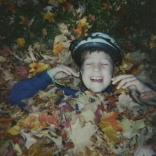 Death, Taxes, Autumn Leaves
Death, Taxes, Autumn Leaves
Benjamin Franklin once wrote that nothing is inevitable but death and taxes. As a lifelong Northeasterner, I’d add fallen leaves to his list. Unfortunately, many people look forward to fallen leaves about as much as they do death and taxes.
Is there another way to look at leaves? Here are some ideas::
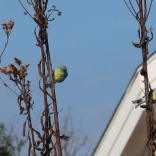 Beyond the Birdfeeder
Beyond the Birdfeeder
From your kitchen window, the fall and winter landscape may look like a messy yard. But for robins, chickadees, finches, cardinals, juncos, and nuthatches, your yard may look like survival.
Though we humans may enjoy birds’ frenetic, colorful activity surrounding winter feeders, bird feeders don’t take the place of native trees, shrubs, dead-head flowers, sticks, or logs.
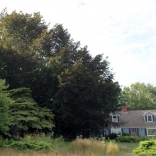 A Tree Disease Gets Personal
A Tree Disease Gets Personal
A great European copper beech graces our front yard. Its crown is 80 feet wide and the trunk 10 feet around. We think the tree was planted around 1800 by occupants of a nearby historical home. If so, it has lived through all the natural events of the 19th- and 20th centuries, including the infamous Hurricane of 1938.
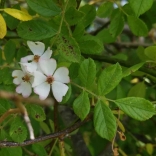 A Weed by Any Other Name
A Weed by Any Other Name
"What's in a name?" A fictional young woman named Juliet once asked that question. "A rose by any other name would smell as sweet," she says.
But what if the rose is a non-native invasive plant?
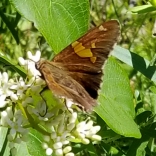 National Wildlife Federation's Garden for Wildlife Program
National Wildlife Federation's Garden for Wildlife Program
Many experts suggest that one way to help birds, pollinators, and other wildlife is to use regionally native plants. That is not always easy to do in 2021.
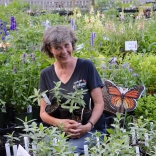 Living Mulch Helps Fight the Weed Wars
Living Mulch Helps Fight the Weed Wars
Nancy DuBrule-Clemente has encountered a few unwanted plants—aka weeds—during her 50-year career in the state’s landscape. Graduating from UConn in the 1970s, DuBrule-Clemente went to work in the landscape profession and stayed.
 Native Plants Underfoot, in the Spring Lawn
Native Plants Underfoot, in the Spring Lawn
We all know that dandelions, clover, and buttercups grow in lawns. Unfortunately, none of them are native. It’s important to understand that lawns nurture native plants, too. They are “hidden in plain sight.” The upshot: We don’t have to visit a garden center to find native plants. We can protect what we have.
Why protect and promote native plants?
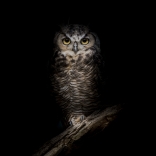 One Simple Thing: Turn Down the Lights
One Simple Thing: Turn Down the Lights
When it comes to helping pollinators and wildlife, you don’t have to buy plants or dig a garden. Anyone can help when they adopt some of the ideas put forward by the International Dark-Sky Association (IDA). Better yet, we can all petition our cities and towns to do the same.
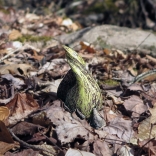 Native Shrubs Offer Blossoms, Month by Month
Native Shrubs Offer Blossoms, Month by Month
Who'd have thought the growing season, and pollinator season, of southern New England starts this early? But it does.
First, there's that funky swamp-life called skunk cabbage. The odiferous blossoms smell mighty good to particular flies and beetles. Those flies offer something to the skunk cabbage, too--pollination.
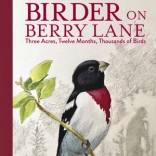 Reviews: A Podcaster, a Blogger, and a Book
Reviews: A Podcaster, a Blogger, and a Book
A long time ago, I saw a tag on a teabag that read, “Calming tea for a nervous world.” I don’t know who wrote that line, but I never forgot it.
I’ve been drinking a lot of tea lately. Luckily I’ve also found a local podcaster, a regional blog, and a book about a neighboring town that help keep me grounded in the workings of the natural world.
